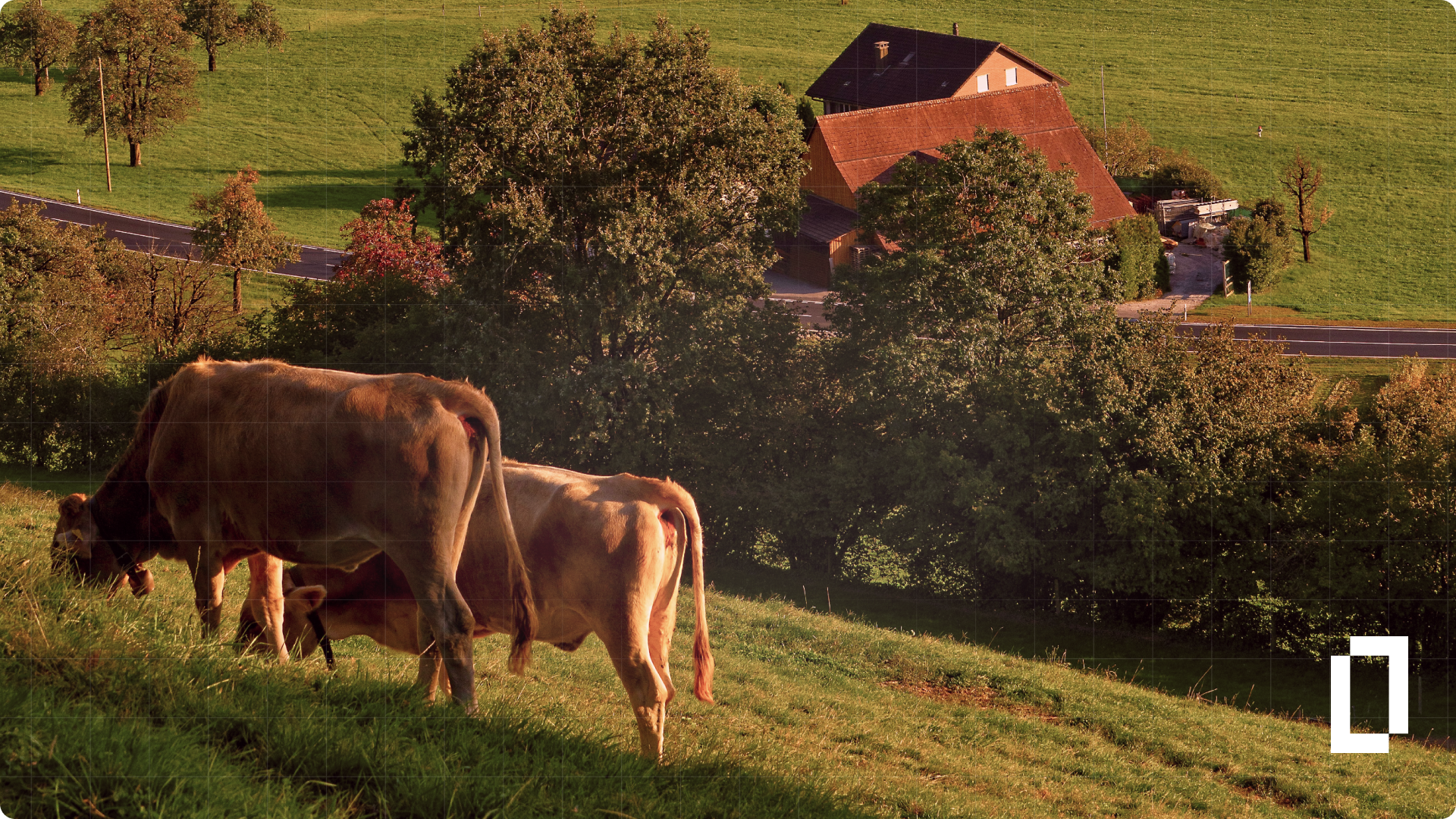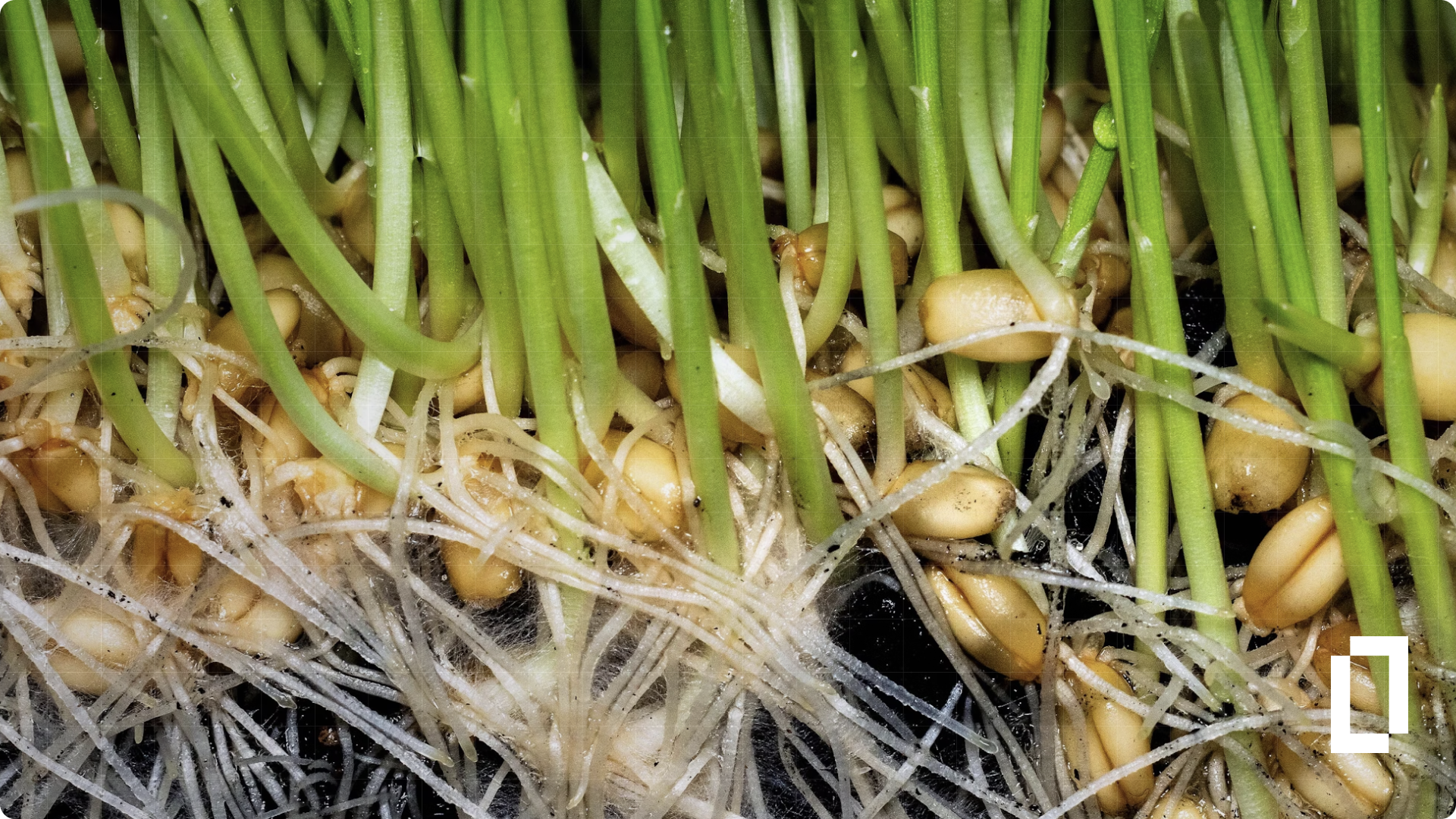Summary
- Farm-level emissions calculations are essential for companies to accurately measure, manage, and reduce agricultural greenhouse gas emissions, covering both Scope 1 & 3 and product-level reporting.
- Terrascope’s methodology combines primary data collection, IPCC-aligned modeling, and tailored calculation approaches, enabling clients to pinpoint hotspots and align with the SBTi’s FLAG Guidance.
- Real-world applications, such as for cotton and dairy, demonstrate how scalable, automated farm-level accounting empowers targeted decarbonization and credible climate claims across complex supply chains.
Introduction
As sustainability and carbon disclosure standards evolve, companies across food, agriculture, and textile sectors face mounting pressure to accurately measure greenhouse gas (GHG) emissions from farm activities. This is particularly relevant for Scope 1 & 3 accounting and emerging frameworks like the GHG Protocol’s Land Sector and Removals Guidance and SBTi’s FLAG target-setting.
Terrascope helps bridge this gap with a practical, scalable approach to farm-level emissions calculation—transforming primary data from clients and their suppliers into emissions factors that can be directly applied across corporate value chains.
Be the first to know.
Join us on LinkedIn to get curated updates monthly.
Why Farm-Levels Emissions Matter
For most agriculture-linked companies, farm-level activities (Scope 1 / Scope 3) account for a significant share — often more than 70% — of total emissions. However, many rely on default or regionally averaged emissions factors, which miss critical differences between crops, practices, and geographies.
A farm-level approach helps companies:
- Identify emissions hotspots with greater accuracy
- Substantiate green claims with credible, traceable evidence
- Align with emerging standards such as SBTi FLAG and carbon removals guidance
- Drive targeted engagement with value chain stakeholders
This is especially valuable for commodities with complex supply chains, such as cotton, cocoa, coffee, palm oil, rice, soy, and dairy.
What Are Farm-Level Emissions Calculations?
Farm-level calculations assess GHG emissions generated by agricultural operations on individual farms. These calculations account for specific data inputs, such as:
- Land use change
- Fertilizer and pesticide use
- Land management and irrigation practices
- Livestock numbers, feed types, and manure management
- On-farm energy use and
Typically, the boundaries of these assessments follow a “cradle-to-farm-gate” model, covering emissions from production up to the point when the raw material leaves the farm or yard.
This method enables producers and buyers alike to quantify their climate impact based on actual agricultural practices, not proxies or genericised factors.
From Scoping to Emission Factors
Terrascope’s approach to developing farm-level calculations consists of multiple stages:
1. Scoping & Needs Assessment
We begin by identifying the client’s position in the value chain—whether they are growers, buyers, or aggregators—and determining whether they already have usable farm-level data. Our framework helps evaluate:
- Number and types of farms involved
- Data availability and format
- Emissions categories in scope (e.g. land-use change, fertilizer use, livestock)
- Readiness to provide/collect primary vs. secondary data
2. Data Collection
We provide standardized templates and expert guidance to collect key activity data directly from farmers or local teams. Where direct input is limited—such as in smallholder networks—we use validated proxies based on input distributions or agronomic assumptions.
3. Emissions Modeling
Using IPCC-aligned methodologies, our tools can calculate emissions for each relevant source: from synthetic fertilizer application to enteric fermentation in cattle. Outputs are custom emissions factors (e.g. kg CO₂e per kg cotton lint, milk, or rice), tailored to specific regions and geographic practices.
4. Integration and Reporting
The resulting emissions factors are packaged for direct use in Scope 1 & 3 reports food customers, product carbon footprints, and SBTi-aligned reduction planning. Results can also be visualized across supply chains to facilitate supplier engagement and strategy development.
Real-World Case Studies: From Cotton to Dairy
Terrascope has supported clients across a wide range of agricultural systems and crop varieties. Two examples:
- Prime Cotton: 7,000 farmers across 45,000 hectares of planted cotton
A leading fiber producer, Prime Cotton, worked with Terrascope to calculate emissions across hundreds of farms. Emission hotspots included fertilizer use, irrigation, and machinery. Where farmer-level data was incomplete, proxies were derived from similar farms. The output enabled supplier benchmarking and integration of cotton-specific emissions into product-level footprinting. - Greenfields: 19,000 heads of cattle
Greenfields operates a large dairy network and needed insight into methane emissions from enteric fermentation and manure. Terrascope processed livestock demographic data, feeding regimes, and manure handling practices to estimate emissions with high specificity, informing both internal reporting and decarbonization actions.
Conclusion
Farm-level emissions calculations are a powerful lever for companies seeking to reduce upstream and Scope 1 emissions, engage meaningfully with suppliers, and build credibility in climate reporting. With Terrascope’s structured approach to farm-level calculation, clients can gain access to high-quality primary data, science-based calculations, and the tools to future-proof their sustainability strategy.
Want to explore what this could look like for your supply chain? Get in touch with us.




